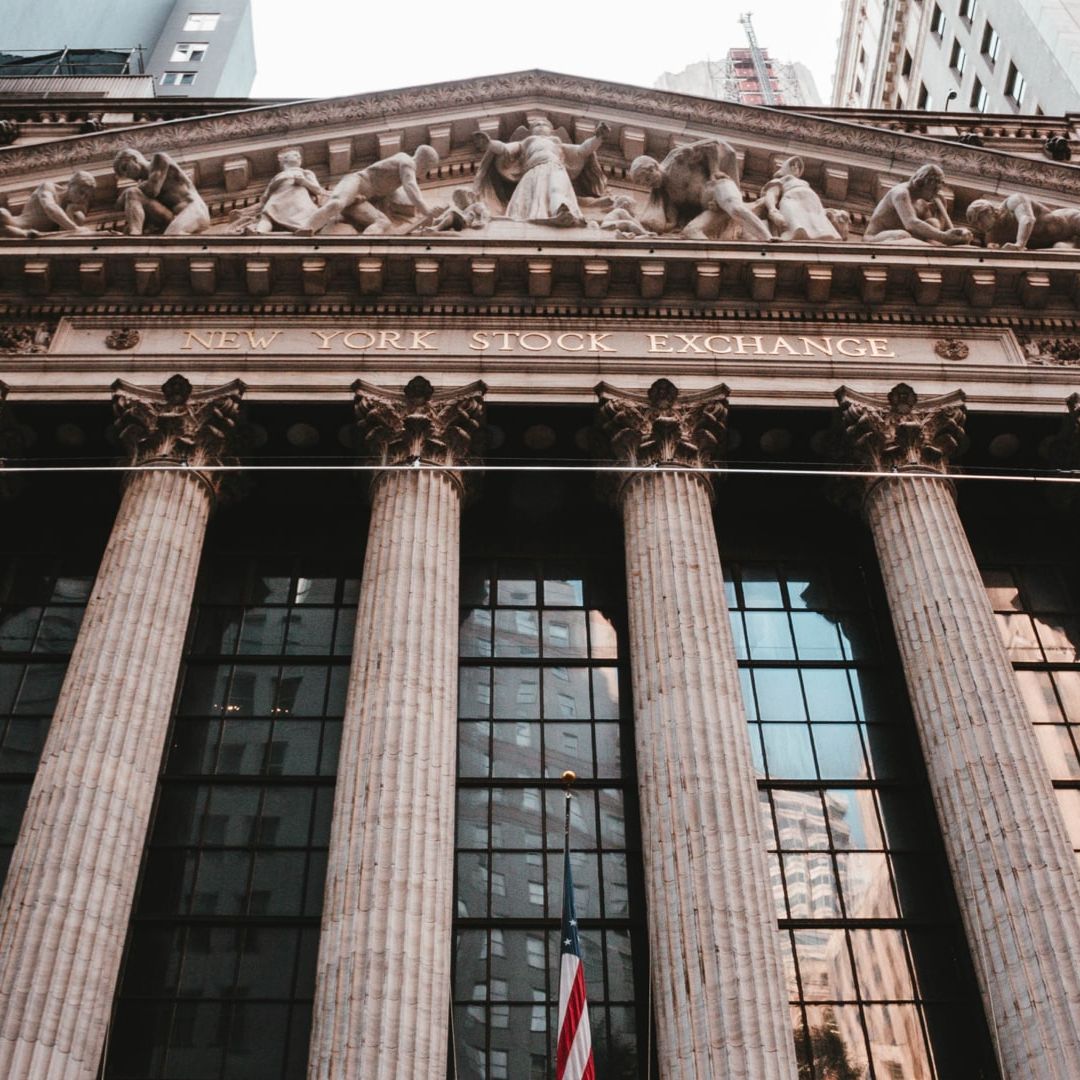Australia's monthly inflation indicator for July has showed a notable cooling, leading some economists to suggest that interest rates may have reached their peak. According to the Australian Bureau of Statistics, the monthly consumer-price index increased by 4.9% in the 12 months leading up to July, compared to a 5.4% rise in the year to June. This is a significant drop from the peak of 8.4% seen in December.
The main contributors to the annual increase in July were housing costs and food and nonalcoholic beverages. However, lower prices for gasoline and fruit and vegetables helped to offset this growth.
Deputy Governor Michele Bullock of the Reserve Bank of Australia expressed concerns about persistent high price pressures and hinted at the possibility of further interest rate hikes. However, the sharp fall in inflation during July suggests that the central bank may be finished with tightening measures and could even begin to ease policy earlier than expected, according to Marcel Thieliant, head of Capital Economics in Asia.
When excluding volatile price movements, the annual inflation rate in July saw a more modest increase of 5.8%, compared to the 6.1% rise in June, as reported by the ABS.
Given this data, it is likely that the RBA will opt to keep interest rates unchanged at its upcoming policy meeting next week. While housing costs saw a slightly lower increase of 7.3% in July compared to June's 7.4%, rent prices rose to 7.6% as the rental market remains tight.

Leave A Reply
Your email address will not be published. Required fields are marked *